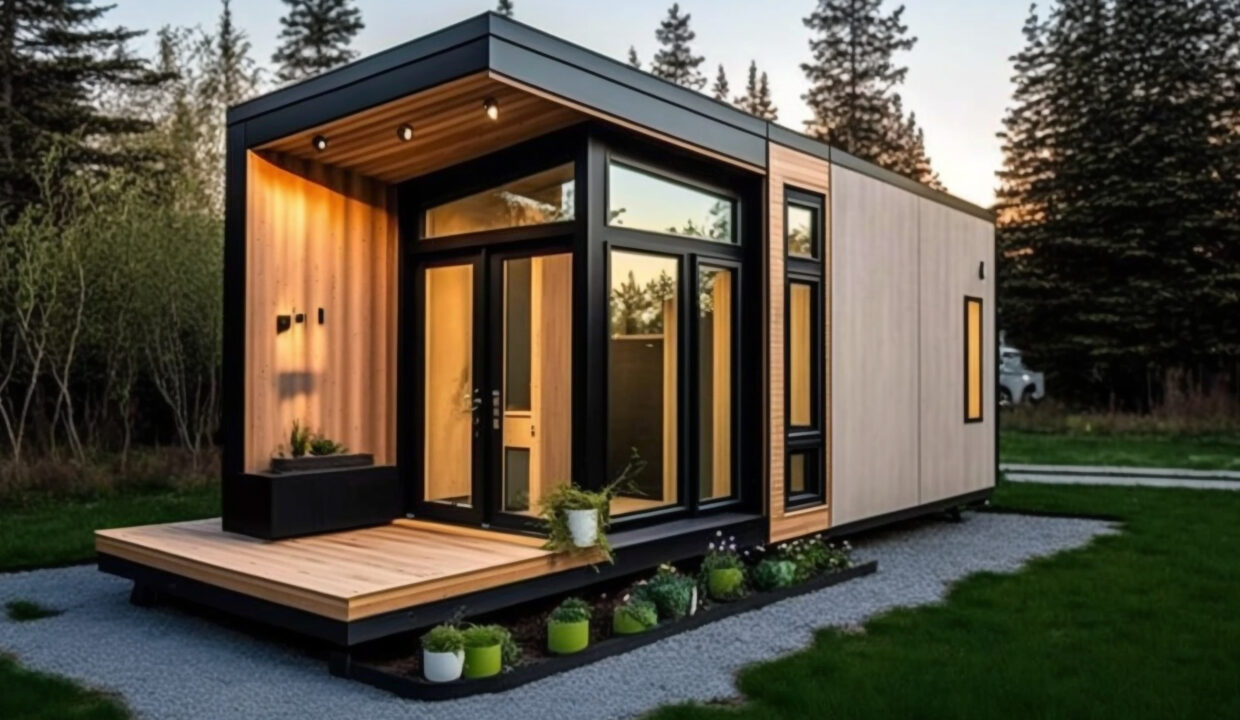
Tiny houses, also known as mini houses or micro houses, are an innovative form of housing that has gained popularity worldwide in recent years. This trend reflects the need of many people for a simpler, more sustainable lifestyle.
Tiny houses are small, often portable residential structures that typically offer less than 400 square feet (37 square metres) of living space. These tiny houses are designed to provide residents with a functional and comfortable living environment without the bulk and expense of a traditional home. They can be mounted on wheels or placed on a permanent foundation.
The features of Tiny Houses often include multifunctional furniture, efficient use of space, sustainable building materials and renewable energy sources. These houses are often designed to be energy efficient and environmentally friendly.
Advantages:
- Cost efficiency: Tiny houses are generally more affordable than conventional houses, both in terms of construction and running costs.
- Sustainability: The lower consumption of resources and the possibility of using renewable energy sources make Tiny Houses an environmentally friendly housing option.
- Minimalism: Living in a tiny house requires you to get rid of unnecessary possessions, promotes a minimalist lifestyle and can lead to more conscious consumer behaviour.
- Mobility: Many Tiny Houses are mobile and can easily be moved to different locations, offering flexibility and freedom.
Disadvantages:
- Limited space: The most obvious challenge is limited space, which requires adjustments and compromises in personal lifestyle.
- Regulatory hurdles: In some regions, there are restrictions on the size and location of Tiny Houses, which can make it difficult to reside in such structures.
- Infrastructure needs: Some locations may not be well designed for the needs of tiny houses, which can affect access to water, sewage and electricity.
Social trend:
The trend towards tiny houses reflects a change in society, away from excessive consumption and towards a more sustainable lifestyle. Many people are looking for alternatives in order to
footprint and lead a simpler, more focussed life. Tiny houses offer an attractive option for those who want to free themselves from material abundance and have more time and resources for their interests and relationships.
Conclusion:
Tiny houses are more than just housing structures; they represent a socio-cultural shift towards a more conscious and sustainable lifestyle. Despite some challenges, tiny houses continue to grow in popularity and are helping to rethink the definition of housing and ownership.


